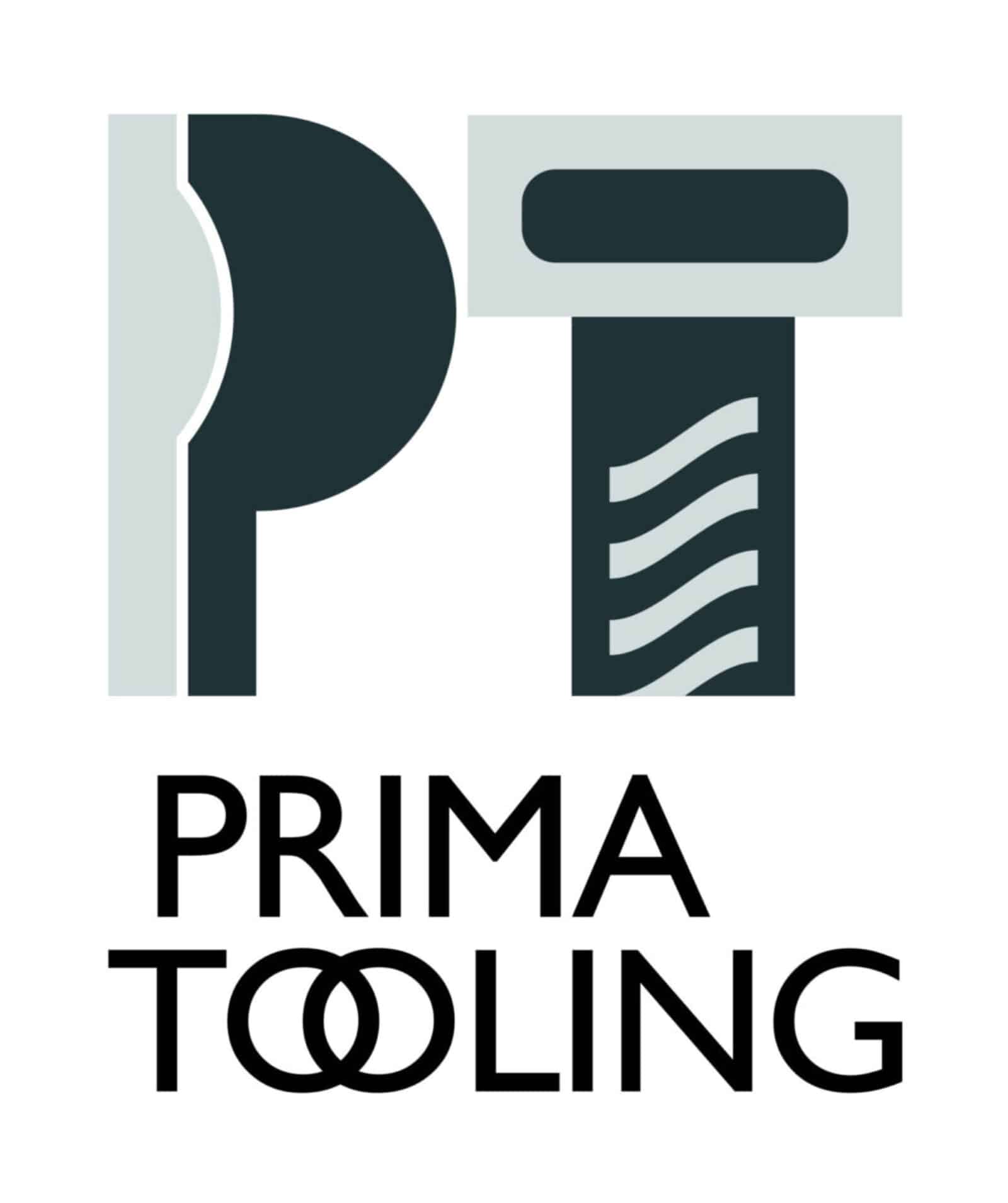Edgebanding is a key step in achieving a professional finish in precision cutting. It involves applying a thin strip around the edges of materials like plywood or MDF to create a neat appearance and protect the core from damage. However, mastering the art of edgebanding can be tricky. Issues such as incorrect adhesive application, edge misalignment, and material tearing are too common, impacting product quality and production efficiency. These challenges can lead to wasted materials and time, meaning addressing them effectively is vital.
With the right knowledge and tools, you can minimise these issues and ensure your projects meet the high standard required in precision cutting. By understanding the common pitfalls and how to overcome them, you enhance both the look and durability of your finished products.
Common Challenges in Edgebanding
Edgebanding plays a vital role in precision cutting by providing a clean finish and protecting the edges of materials like MDF and plywood. However, achieving a seamless edge requires attention to detail and overcoming various challenges.
One of the main issues is adhesive application. Incorrect adhesive can lead to poor bonding, causing the edgeband to peel off prematurely. Selecting the right adhesive and applying it evenly ensures a strong and lasting bond. Edge misalignment is another common problem. This occurs when the edgeband isn’t correctly aligned with the workpiece, resulting in uneven edges that affect the appearance and functionality of the product.
These challenges can significantly impact product quality and efficiency. Poor edgebanding may lead to wasted materials and time-consuming rework. Furthermore, it can compromise the structural integrity and aesthetics of the finished piece, leading to customer dissatisfaction. Addressing these challenges effectively is essential for maintaining high standards in precision cutting.
Strategies for Effective Edgebanding
To overcome edgebanding challenges effectively, focus on a few key strategies. Choose the right adhesive for your material and edgeband type. Ensure the work environment is clean, and the adhesive’s temperature settings are correct to get the best bond possible. Regularly check your machines for alignment to avoid misalignment problems.
Invest in quality tools designed for edgebanding, such as edge bander cutters and CNC router cutters, to ensure precision and accuracy. These tools help create smooth, even edges that enhance the overall finish of your product. For instance, using straight router cutters can lead to cleaner cuts and better adhesion of the edge band.
Consistent equipment maintenance is essential for reliable performance. Regularly clean and calibrate your machines to prevent build-up and ensure they function at their best. Developing a maintenance schedule can help you keep track of necessary adjustments and repairs, reducing downtime and improving overall efficiency.
Conclusion
Mastering edgebanding is crucial for achieving top-quality results in precision cutting. You can tackle common issues like adhesive failure and misalignment with the right strategies and tools. Consistent maintenance and choosing the right equipment can significantly enhance your production process. Focusing on these areas optimises your projects’ look, durability, and functionality.
Looking to refine your edgebanding processes further? Prima Tooling offers a range of precision edgebander cutters tailored to your needs. Our expertise in bespoke tooling ensures you get the most effective and reliable tools for your projects. Check out Prima Tooling to elevate your edgebanding quality and provide consistent, professional results every time.
